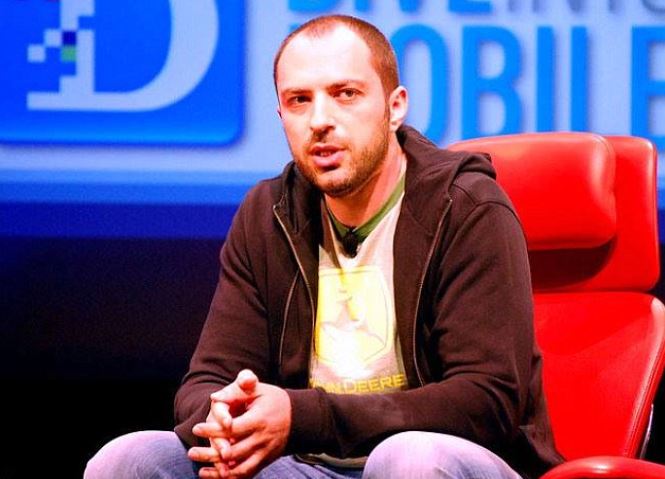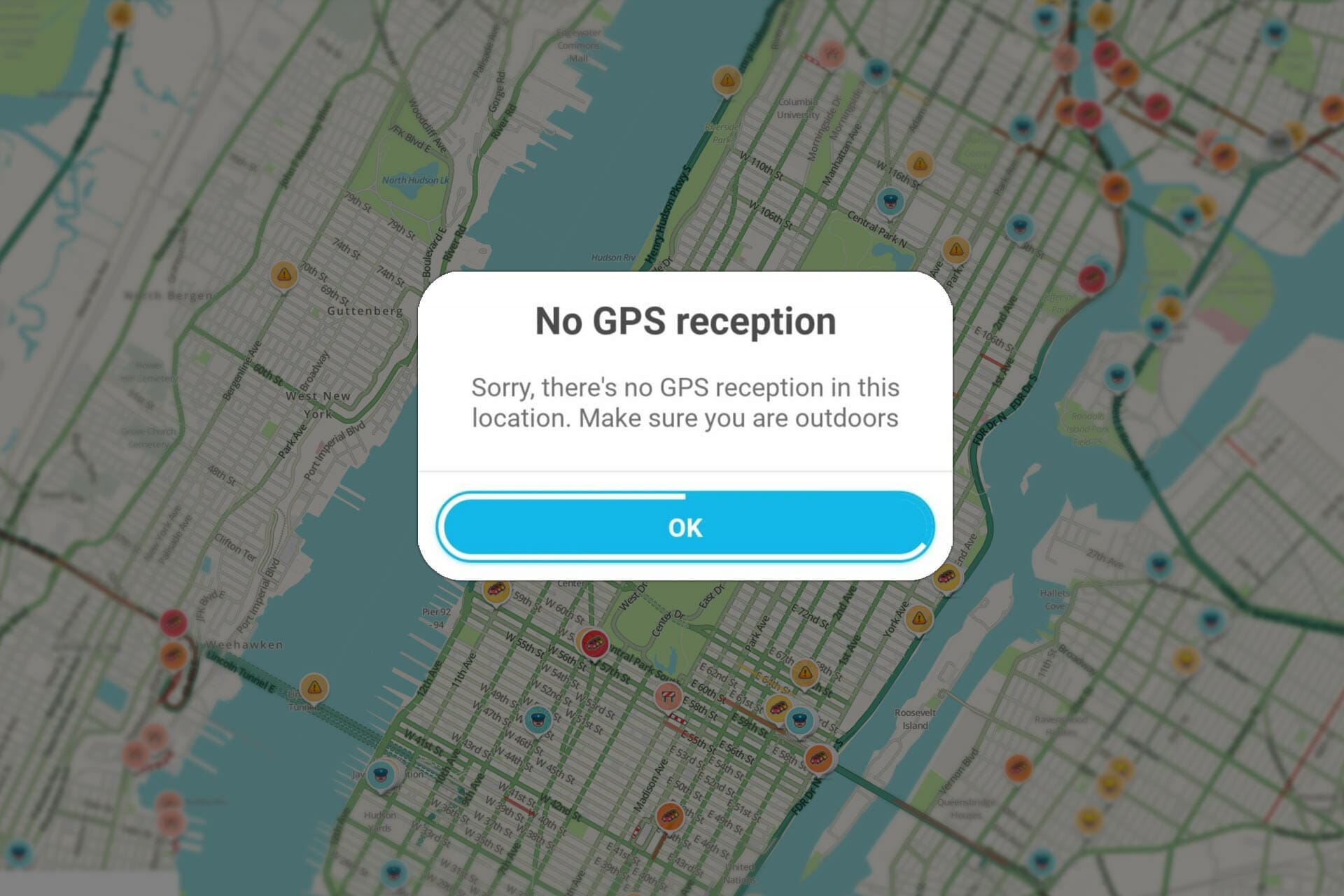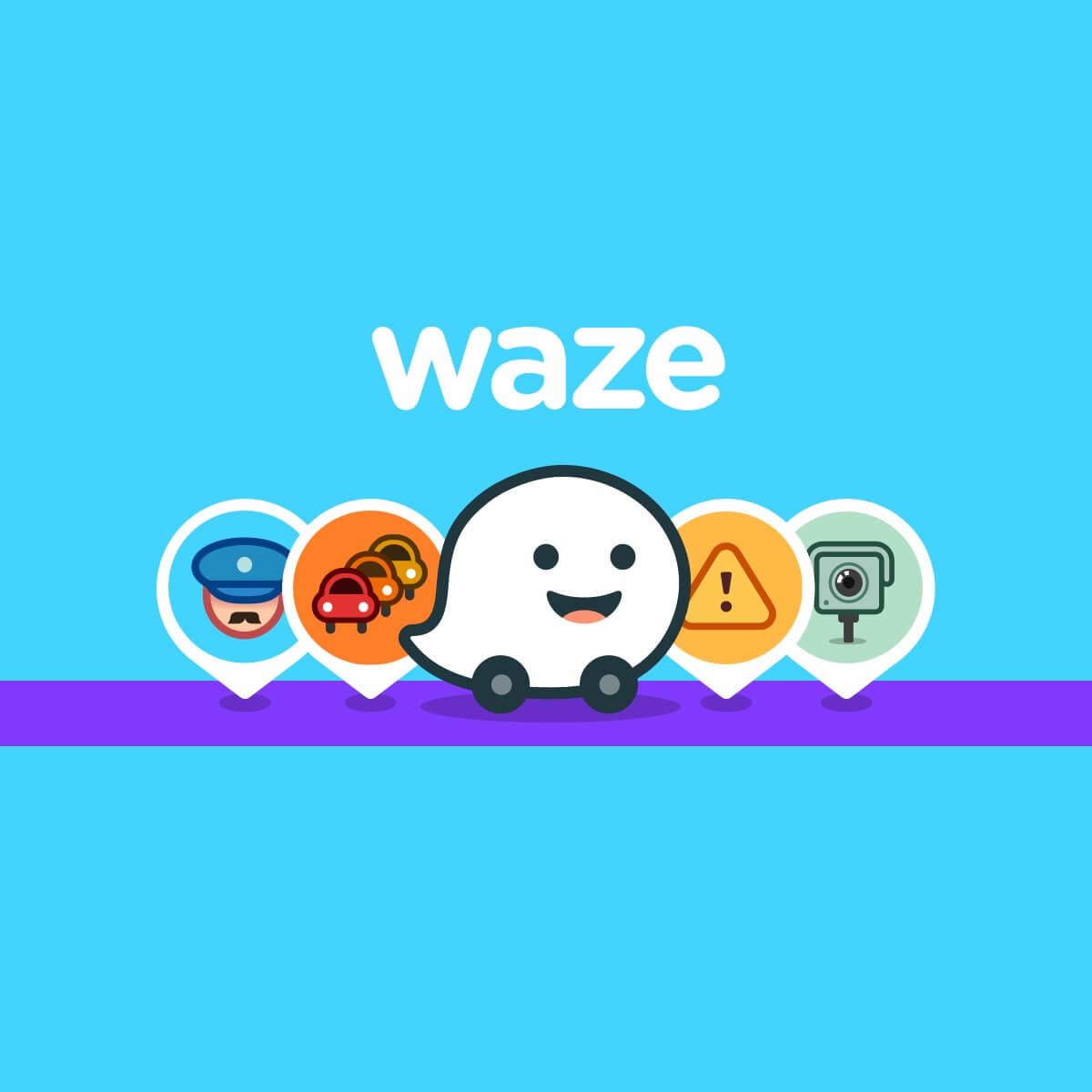A Look inside the WhatsApp Messaging Platform
3 min. read
Updated on

I have recently written about the hunting game that Facebook and Google launched in order to buy the famous messaging platform WhatsApp. Now, since it is official that Facebook will be the owner of the platform, as it bought the messaging platform for no less than $19 billion, it is time high time we found out what is WhatsApp, by taking a closer look inside, especially since there are still a lot of people in the world that have never heard about it.
To start with, WhatsApp is that revolutionary thing that happens once in a life time, just like Facebook, Twitter, or Yahoo, being considered a messaging platform compatible with Android, iOS, Symbian, Windows Phone, BlackBerry and other operating systems.

Just like its competitors Facebook Messenger, iMessager, Google Hangouts or BBM, the WhatsApp platform allows its users worldwide to communicate to each other via text messaging, voice or images using Wi-Fi and mobile networks.
The platform has been founded in 2009, but it hasn’t become that popular until a couple of years ago, along with the growing developments in the smartphone industry, becoming one of the most craved applications in the mobile industry. Its founder, Ukrainian immigrant Ian Koum, started this company from scratches.

Koum was originally playing with the idea of finding a simple app that could simply relate to statuses like “At the gym” or “I am busy” in the small network that he was at first experimenting the platform. The idea of calling the app “WhatsApp” was meant to bring people closer and closer, by providing them with a friendly and non-colloquial style and approach.
The app became famous when it first entered the market with iPhone, the famous smartphone that started using push notifications on iOS in 2009. The future collaboration with the iPhone smartphone maker worked wonders, as it let users pinging their contacts each time they would update their status.
From then on, WhatsApp became a platform to handle thousands and thousands of users, reaching a staggering ten billion messages per day in August 2012, and growing to a record of 27 billion messages in June, 2013.
With its growing success, WhatsApp reached other top operating systems like Android or Blackberry and will continue to develop its new features under the protective wing of Facebook.










User forum
0 messages